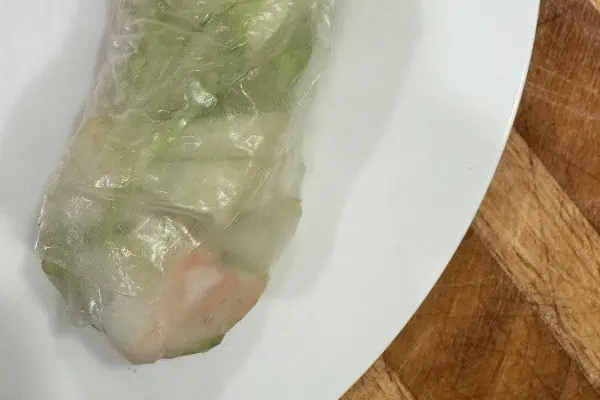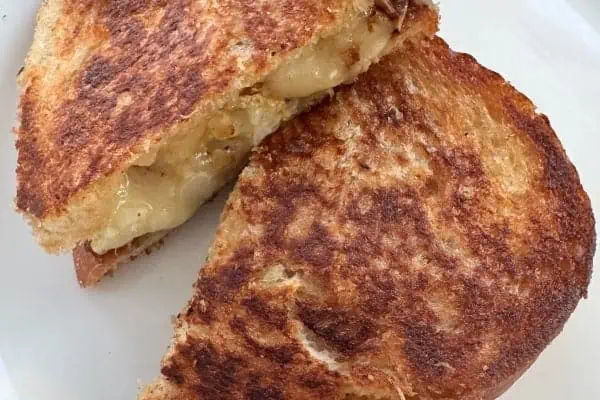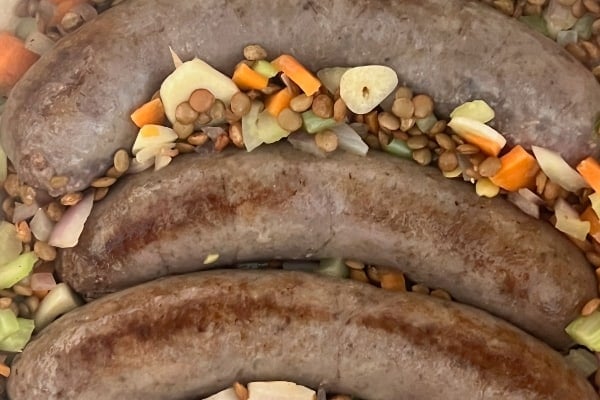They’re up … radishes and swiss chard that were planted only a week ago are now pushing up through the soil.
The radishes looked like they have been up for a while, too, but I didn’t notice them because I was still planting other parts of the garden. When Allan watered last night, they became obvious.
Waiting for seedlings to come up can seem to take forever.
With some vegetables, it is because they actually have a longer germination time. Carrots can take anywhere between seven to 21 days to germinate.
Ideal conditions for carrots include a fine seedbed and even moisture. Anything less than ideal conditions, slows down germination.
In the Yukon, where we don’t have as many days in our growing season, quick germination of seeds is very important. If it takes 21 days for carrots to germinate, that is two weeks of growing time they don’t get.
Our long days will make up for some of the shortfall, but not all of it. And when we have a late spring or a very wet one, like we did this year, germination times are that much more important.
With our short growing season, sometimes it is easier to have perennials than to start from seed every spring. Not everything that claims to be a perennial will overwinter here in the Yukon. But there are some hardy perennials that don’t seem to mind our winters.
Chives, the absolute taste of spring, seem to come up before the snow is even gone. And it doesn’t take long for them to stretch to their full height and produce purple flowers, which make a nice addition to salads.
Chives are definitely a wonderful addition to any garden.
Rhubarb is another hardy plant. Originating somewhere in Asia, it grows just about anywhere and has the added bonus of being next to impossible to kill with neglect; in fact, you can determine where old homesites were on the prairies by the clump of rhubarb still growing there.
Rhubarb is actually a vegetable that is eaten as a fruit in pies and jams.
Some plants that come back year after year aren’t truly overwintering, but self-seeding every fall. I have had this happen with chamomile.
I am not sure where the original seed came from. A few years ago, I encountered one of the largest plants of chamomile in my garden that I have ever seen. It was almost a shrub.
That year it went to seed, and the next spring I had a carpet of chamomile. Even after tilling up the garden, it was still there. This is the same method that weeds (Yukon perennials) often use to survive winter.
This year I have planted Jerusalem artichokes. They are supposed to be a perennial and multiply by producing bulb-like roots. The roots are harvested in the fall, after a few frosts, which makes them sweeter tasting.
The combination of hardy perennials and quickly germinating vegetables gives the Yukon gardener a variety of spring foods to enjoy while they wait for other vegetables to catch-up.




